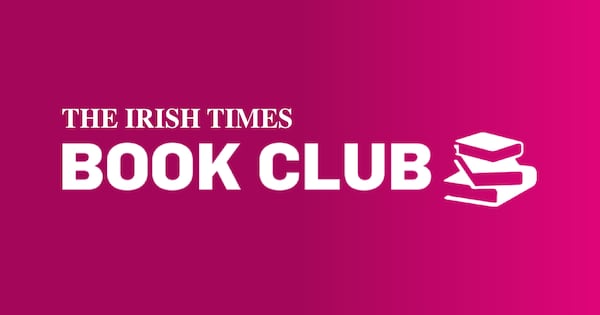The Bartered Bride
Axis Ballymun, Dublin
★★★★☆
The Czechiest features of The Bartered Bride – cornerstone of Czech opera and the first to go international after premiering in 1866 – are in the music rather than the story or setting. No accident: Bedrich Smetana was in that wave of composers trying to write opera and orchestral music that resisted the established Italian and German conventions of the mid-19th century.
What they aimed for instead were national styles fed on folk elements from their own countries. So, for The Bartered Bride, Smetana incorporated the rhythms and melodic turns of Czech folk dance. This was music he took, for example, from taverns and then skilfully coloured and amplified using all the wide range of sounds at his disposal in the orchestra.
The result was hugely popular with Czechs and then well received abroad. It’s lively, catchy music that you hum on the way home.
So you’d miss the orchestra. In the interests of portability (and affordability), for its new touring version Irish National Opera commissioned Richard Peirson for a faithful and miraculously pared-down version of the score that features just five instruments.
50 great Irish brands to gift for Christmas, from fashion to food, jewellery to beauty
Nude saunas in Ireland: ‘I realise I will soon be naked among these strangers’
Fine Gael’s ‘new generation’ who quit: ‘Many TDs don’t see it as a career any more’
Paschal Donohoe’s worst sin: being ‘a wee bit scabby on nights out’


The orchestra’s entire brass section is here represented by a single horn, the woodwinds by one clarinet. It means that many colours are missing even though they are hinted at and evoked.
The pay-off is worth it, however. Someone in Birr, for example, who is interested in seeing The Bartered Bride doesn’t have to factor travel into their decision to buy tickets. And in fact, for this tour, INO is visiting seven new venues to add to the 28 where they have already brought opera around Ireland.
So the production is cleverly portable and compact. Peirson – who conducts with zest from the piano – and the other four players are parked on stage, and Ciaran Bagnall’s designs feature a dance hall with bar stage left, a simple central structure easily adapted to different requirements, and props including balloons and fairy lights.
Louisa Muller, the production’s director, updates the action to rural Ireland in the 1970s and evokes Big Tom by putting everyone in Wild West costumes designed by Joan O’Clery. Yes, wacky, and that’s even before the travelling circus arrives in act three. But it all works well.
John Molloy delivers as Kecal, the local marriage broker whom Marenka’s parents pay to match her with someone other than Jenik, the man she loves. Molloy’s instinctive comic presence and timing ensure that the opera’s funniest role anchors the production in an infectious humour.
The soprano Amy Ní Fhearraigh shines vocally and dramatically as Marenka, and single-handedly faces down all the comic momentum in a moving response to the opera’s only real moment of pathos, when Marenka comes to believe that Jenik has signed her away in exchange for money.
Egor Zhuravskii is suave and fully credible as Jenik, and Carolyn Holt and David Howes keep the comedy coming as Marenka’s parents. William Pearson is endearing as the terrified and inexperienced Vasek, the marriage broker’s choice for Marenka, and the whole 11-member cast – most playing more than one part – energetically maintains Smetana’s fun and high spirits.
Irish National Opera’s production of The Bartered Bride is at Mullingar Arts Centre, Co Westmeath, on Tuesday, November 25th; Garage Theatre, Monaghan, on Thursday, November 27th; Birr Theatre & Arts Centre, Co Offaly, on Saturday, November 29th; Glens Arts Centre, Manorhamilton, Co Leitrim, on Tuesday, December 2nd; Ballina Arts Centre, Co Mayo, on Thursday, Co Mayo, December 4th; and Ramor Arts Centre, Virginia, Co Cavan, on Saturday December 6th











